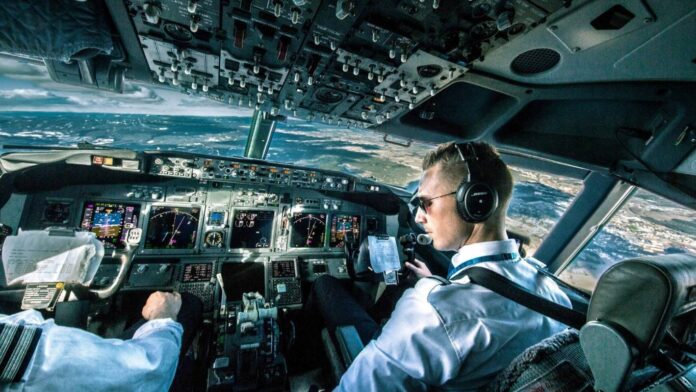Embarking on a career as a commercial airline pilot is a dream shared by many aviation enthusiasts. The journey to command the cockpit of a commercial airliner demands dedication, perseverance, and a structured approach. Let’s navigate through the essential steps and requirements that pave the way for aspiring pilots aiming to soar in the skies as commercial airline professionals.
The foundation of a career as a commercial airline pilot begins with obtaining the necessary education and training. A high school diploma or equivalent is typically the minimum educational requirement. However, many aspiring pilots pursue a bachelor’s degree in aviation, aeronautical engineering, or related fields to gain a deeper understanding of aviation principles and enhance their prospects in a competitive industry.
The cornerstone of pilot training lies in acquiring the required licenses and certifications. Prospective pilots start by obtaining a private pilot license (PPL), which involves comprehensive training in aircraft handling, navigation, and flight regulations. This initial step introduces individuals to the fundamentals of flying and serves as a precursor to advanced training.
Moving forward, aspiring commercial pilots undertake more extensive training to earn a commercial pilot license (CPL). This phase encompasses rigorous coursework, extensive flight hours, and proficiency in various flight maneuvers. A CPL enables pilots to fly for compensation or hire, laying the groundwork for a career in commercial aviation.
In addition to a CPL, aspiring airline pilots often pursue additional ratings and certifications to expand their skill set and qualifications. Instrument rating (IR), multi-engine rating, and type ratings for specific aircraft models enhance their competency and versatility, making them more competitive in the job market.
Gaining flight experience is a crucial aspect of the journey toward becoming a commercial airline pilot. Building flight hours is pivotal, and many aspiring pilots accumulate experience by working as flight instructors, conducting charter flights, or engaging in aerial surveying and other commercial flying opportunities. The accumulation of flight hours demonstrates proficiency and readiness for more advanced roles in commercial aviation.
A pivotal milestone in the pursuit of a career as a commercial airline pilot is obtaining an Airline Transport Pilot (ATP) certificate. The ATP certificate is the highest level of pilot certification and is typically required by airlines for pilots to command large commercial aircraft. It necessitates meeting stringent experience, training, and knowledge requirements set by aviation authorities.
Meeting the medical requirements set by aviation authorities is paramount for aspiring commercial pilots. Pilots must undergo regular medical examinations conducted by designated aviation medical examiners to ensure they meet the physical and mental fitness standards necessary to operate aircraft safely. Maintaining good health and meeting medical standards is an ongoing requirement throughout a pilot’s career.
Apart from technical skills, soft skills play a crucial role in a commercial airline pilot’s career. Effective communication, teamwork, decision-making, and situational awareness are essential traits that contribute to a pilot’s competence in handling complex flight operations and ensuring passenger safety.
Aspiring pilots often consider enrolling in reputable flight schools or aviation academies that offer comprehensive training programs aligned with industry standards. The choice of flight school can significantly impact the quality of training received, the network of industry connections established, and the overall career prospects of aspiring pilots.
Financial planning is an integral aspect of the journey toward becoming a commercial airline pilot. Flight training, obtaining licenses, certifications, and accumulating flight hours entail considerable expenses. Many aspiring pilots explore various financing options, scholarships, or programs offered by aviation schools or military service to offset the costs associated with training.
Exploring internship opportunities, cadet programs offered by airlines, or entry-level positions within the aviation industry can provide aspiring pilots with valuable exposure, hands-on experience, and networking opportunities. These avenues serve as stepping stones for aspiring pilots to enter the competitive realm of commercial aviation.
In conclusion, the path to becoming a commercial airline pilot involves a systematic approach, dedication, and a commitment to continuous learning and skill development. From acquiring the necessary licenses and certifications to accumulating flight hours and honing both technical and soft skills, aspiring pilots navigate a structured pathway toward achieving their dream of commanding commercial airliners in the dynamic world of aviation.
























